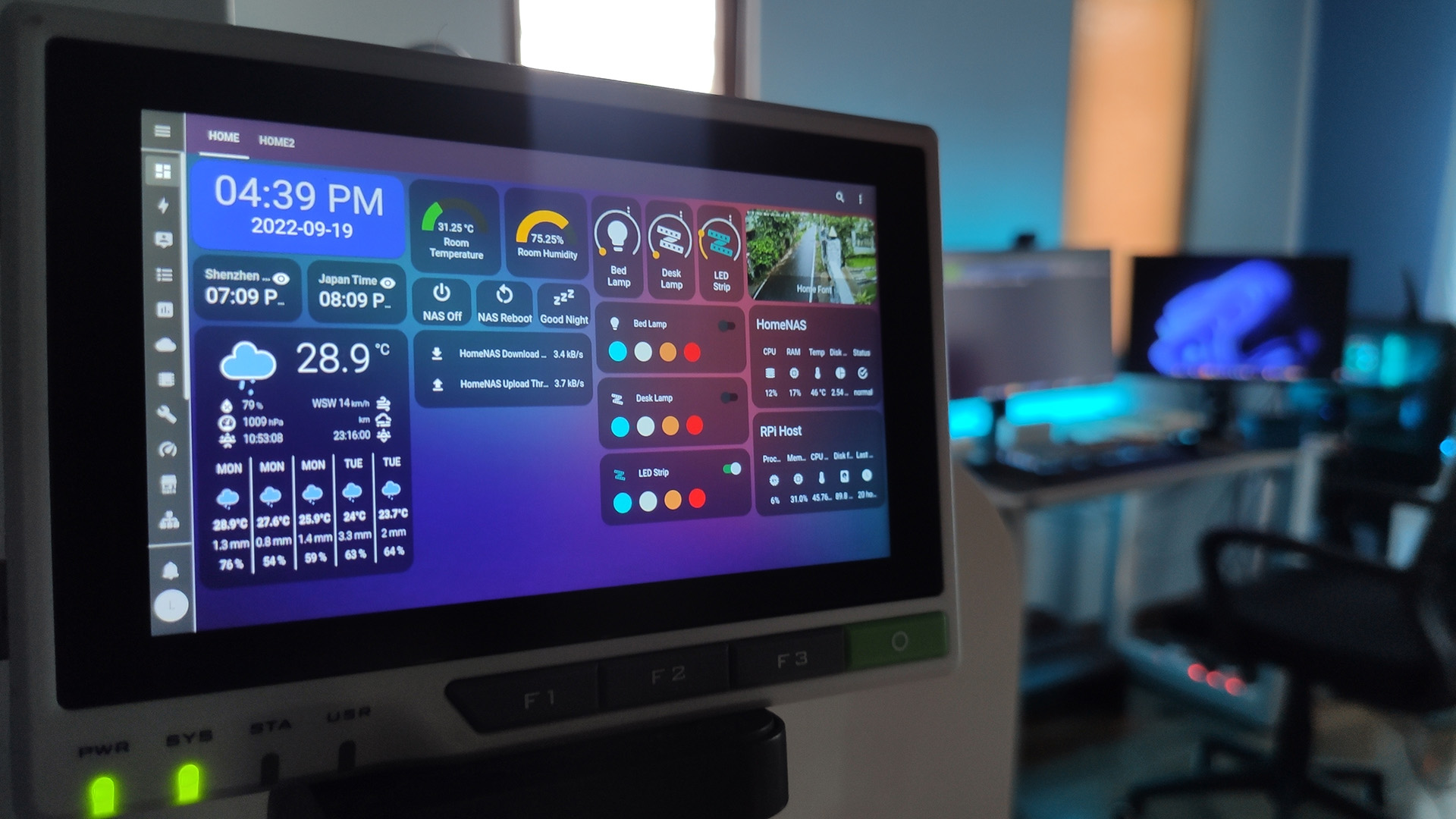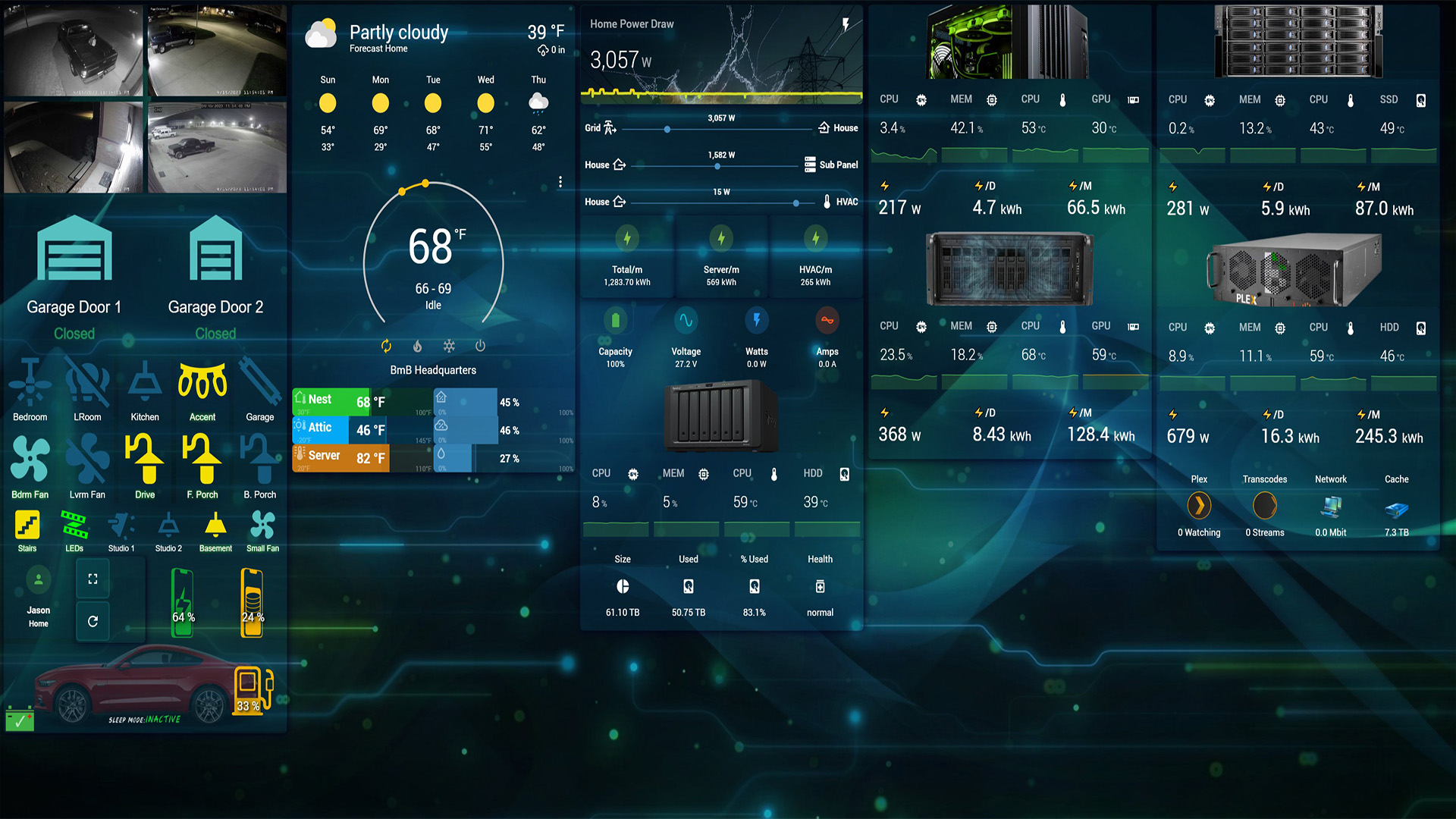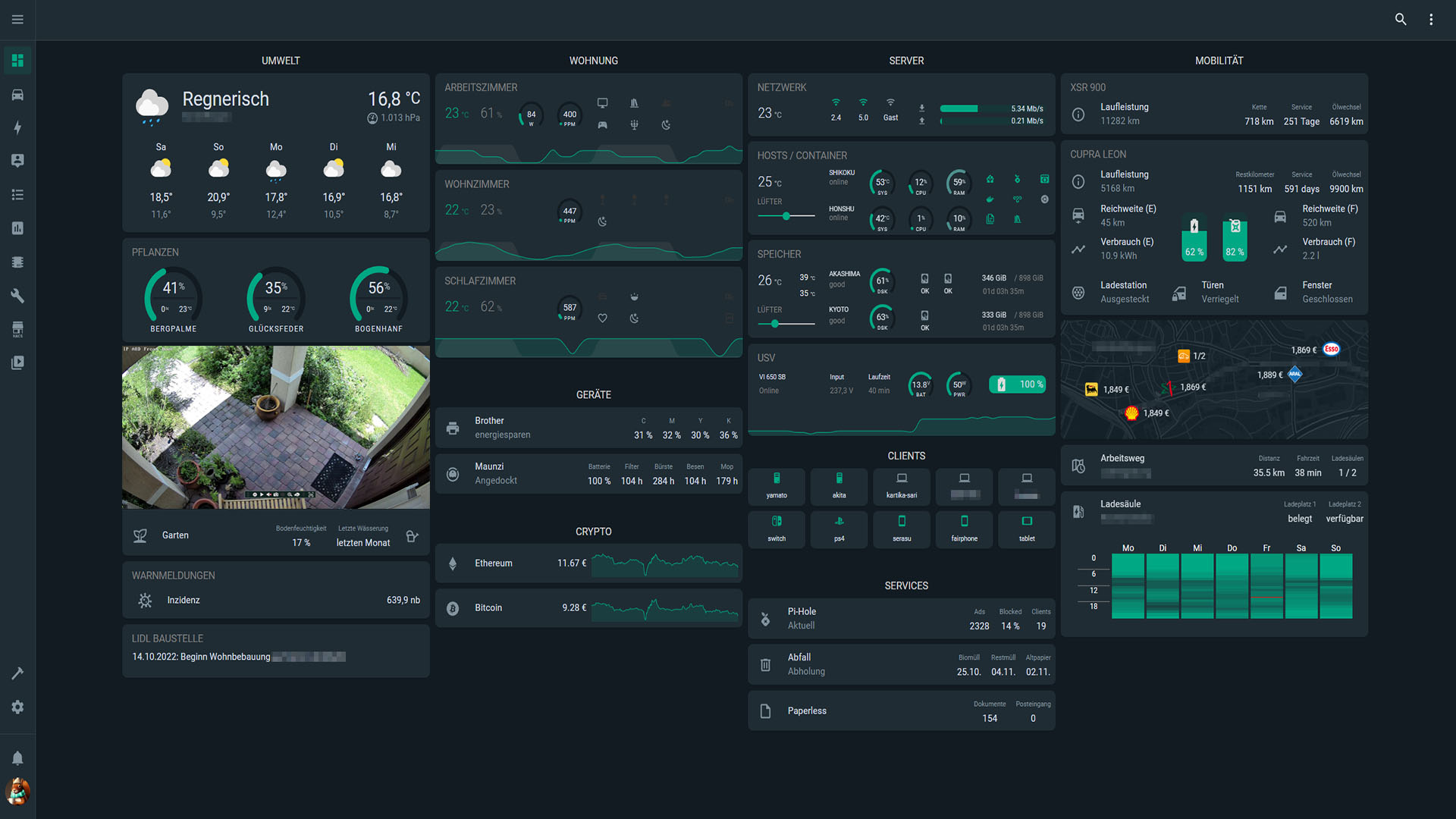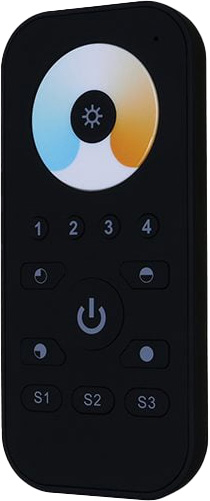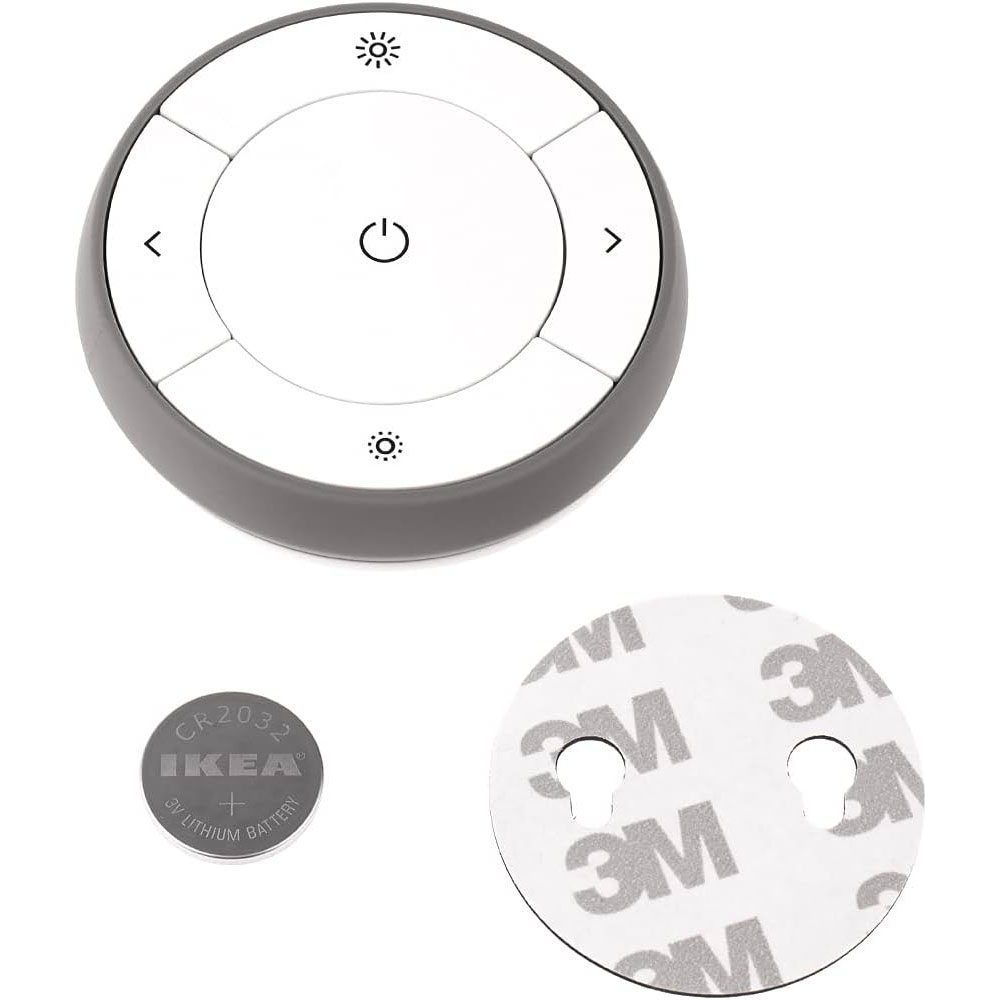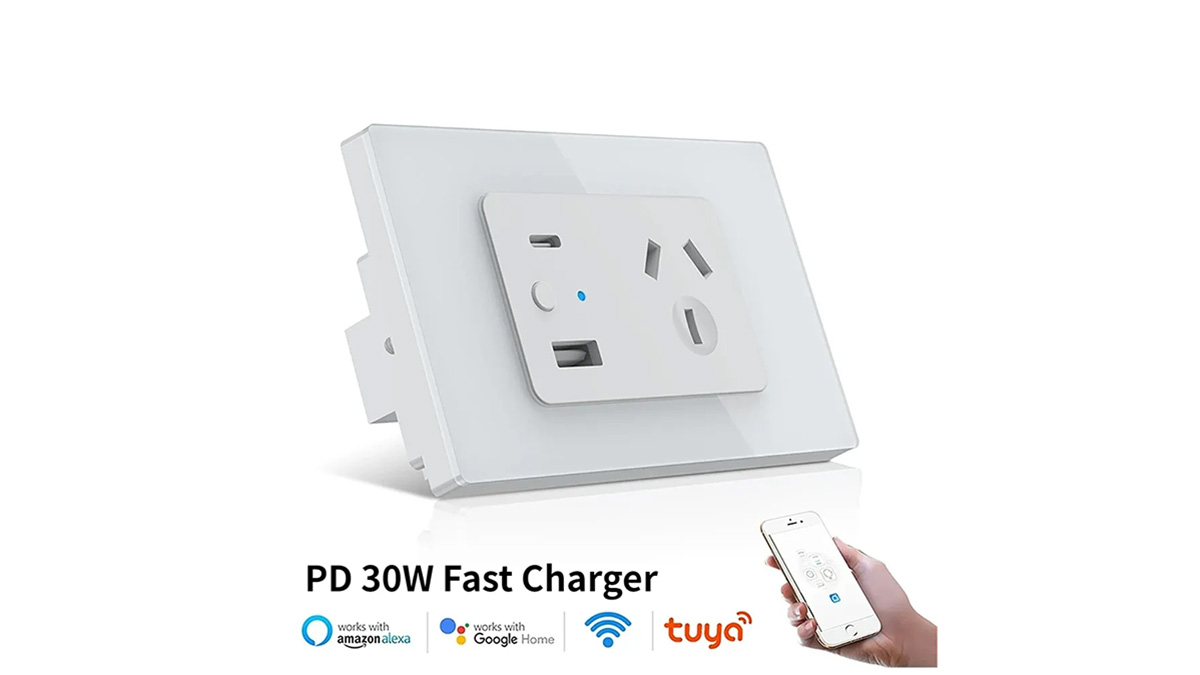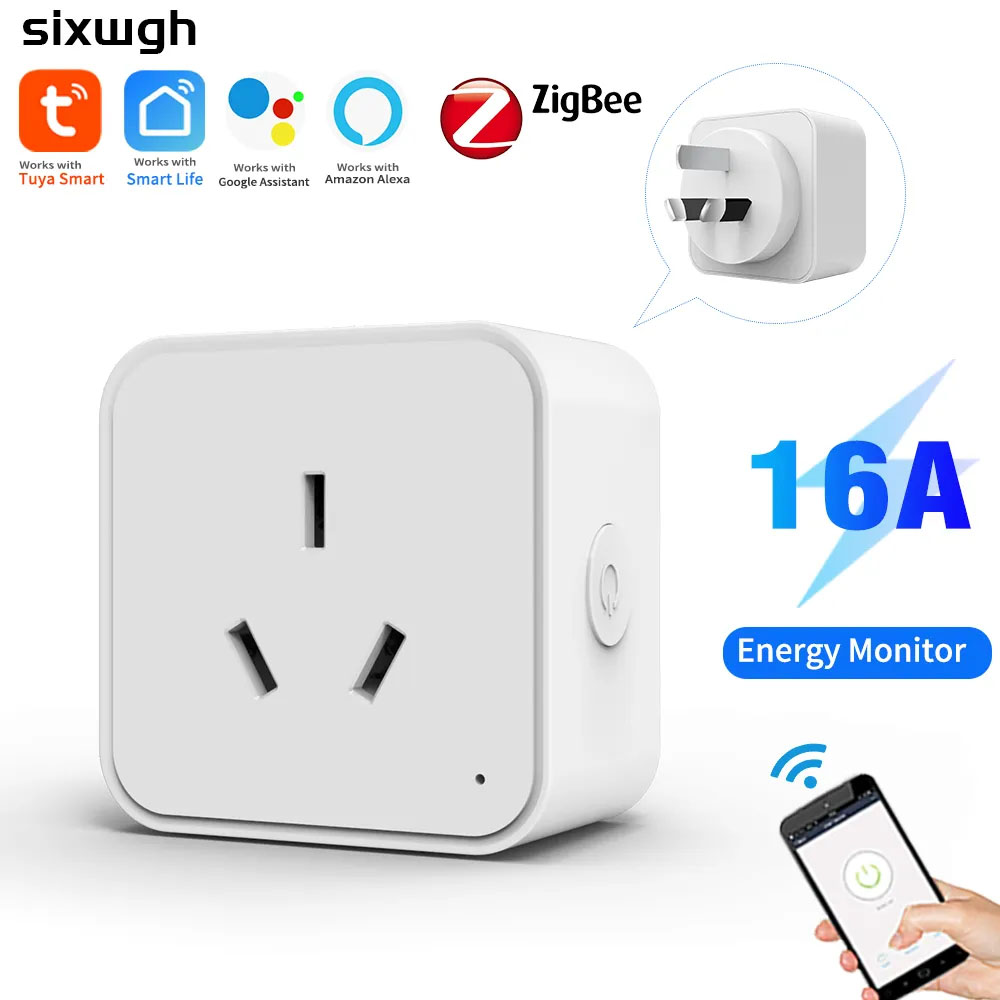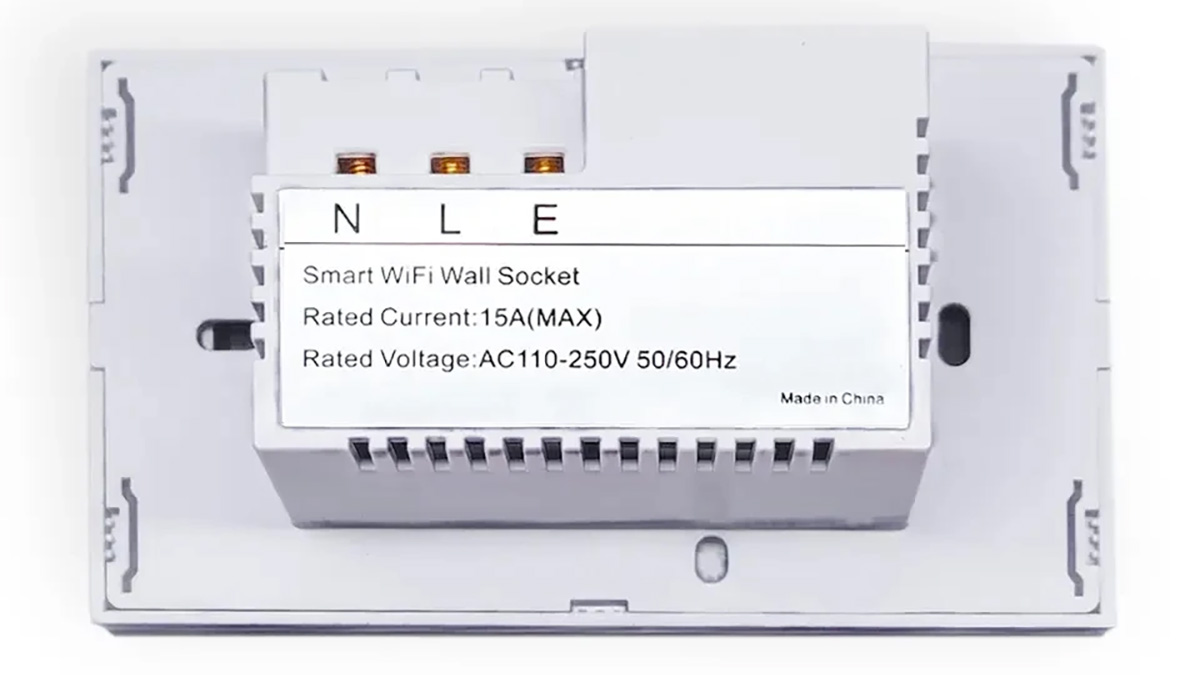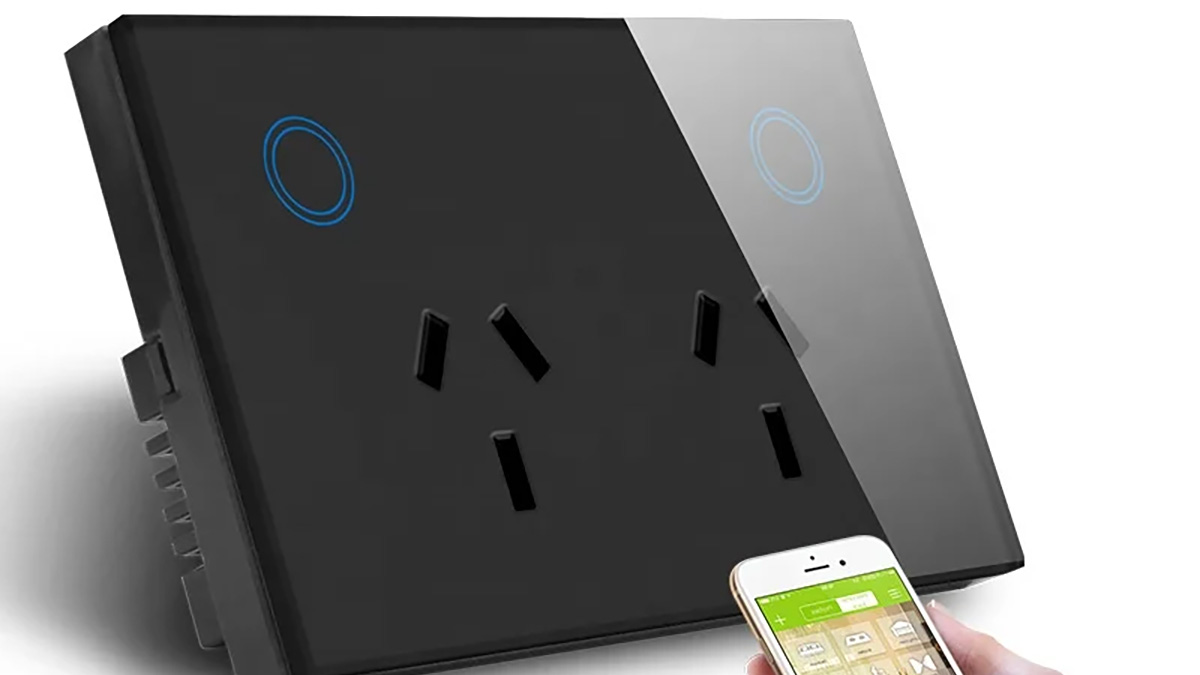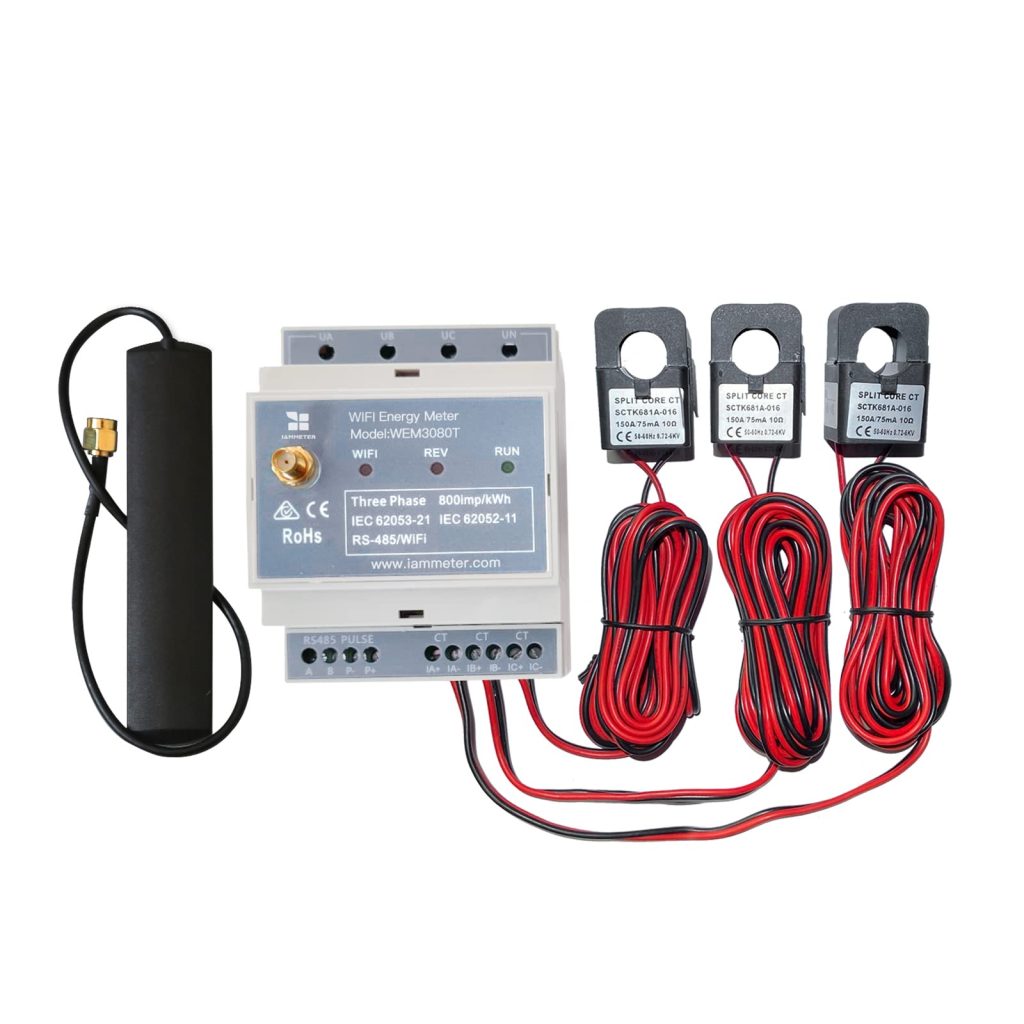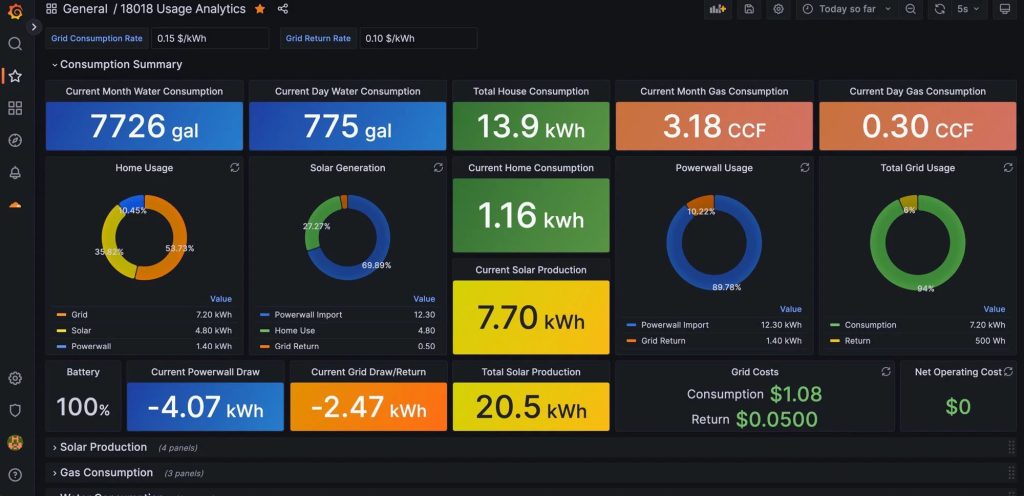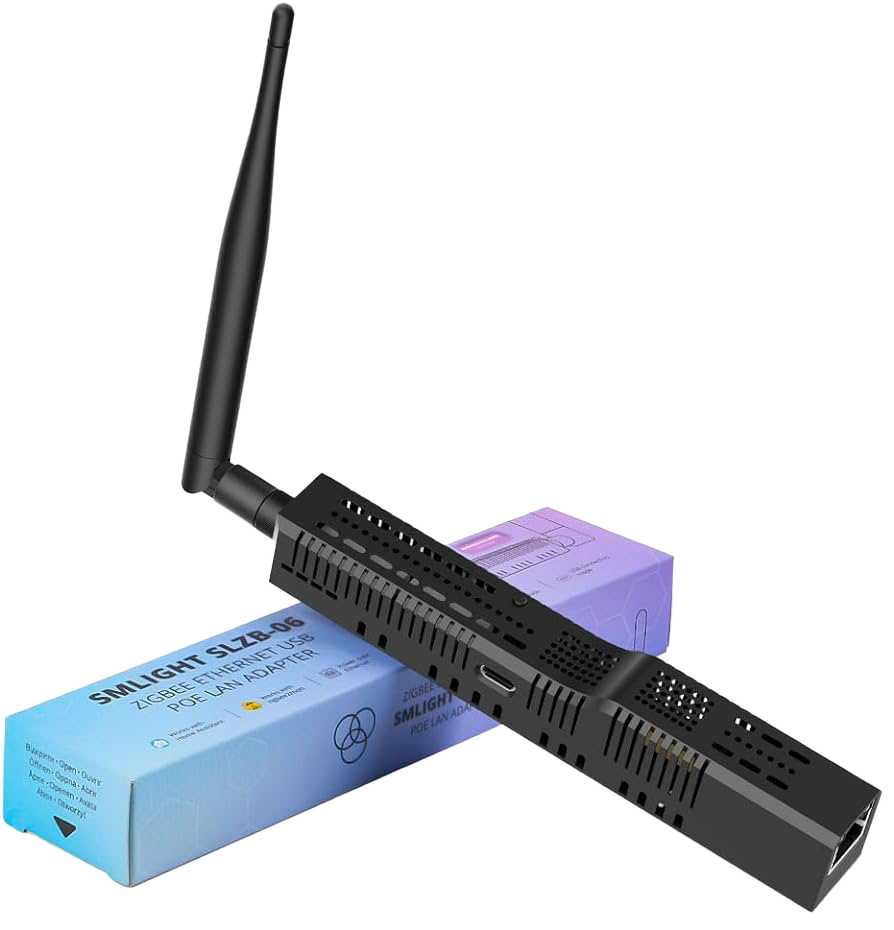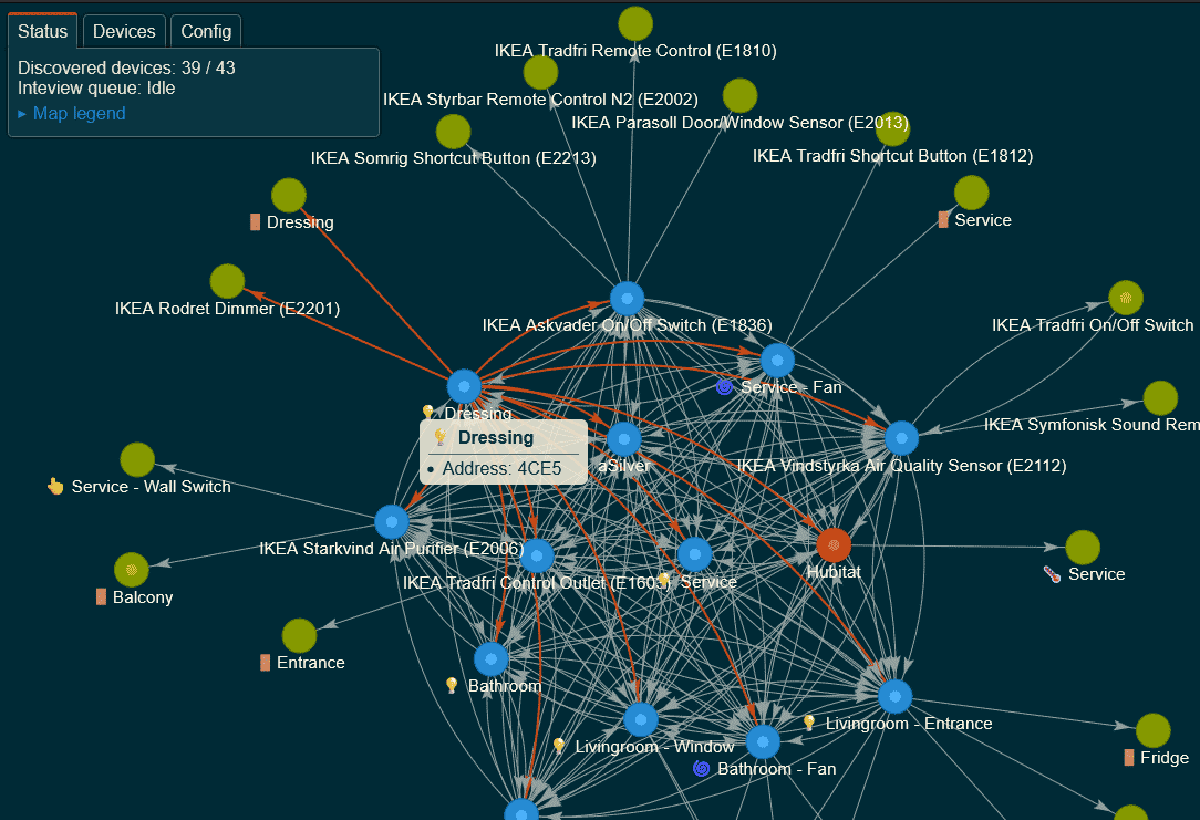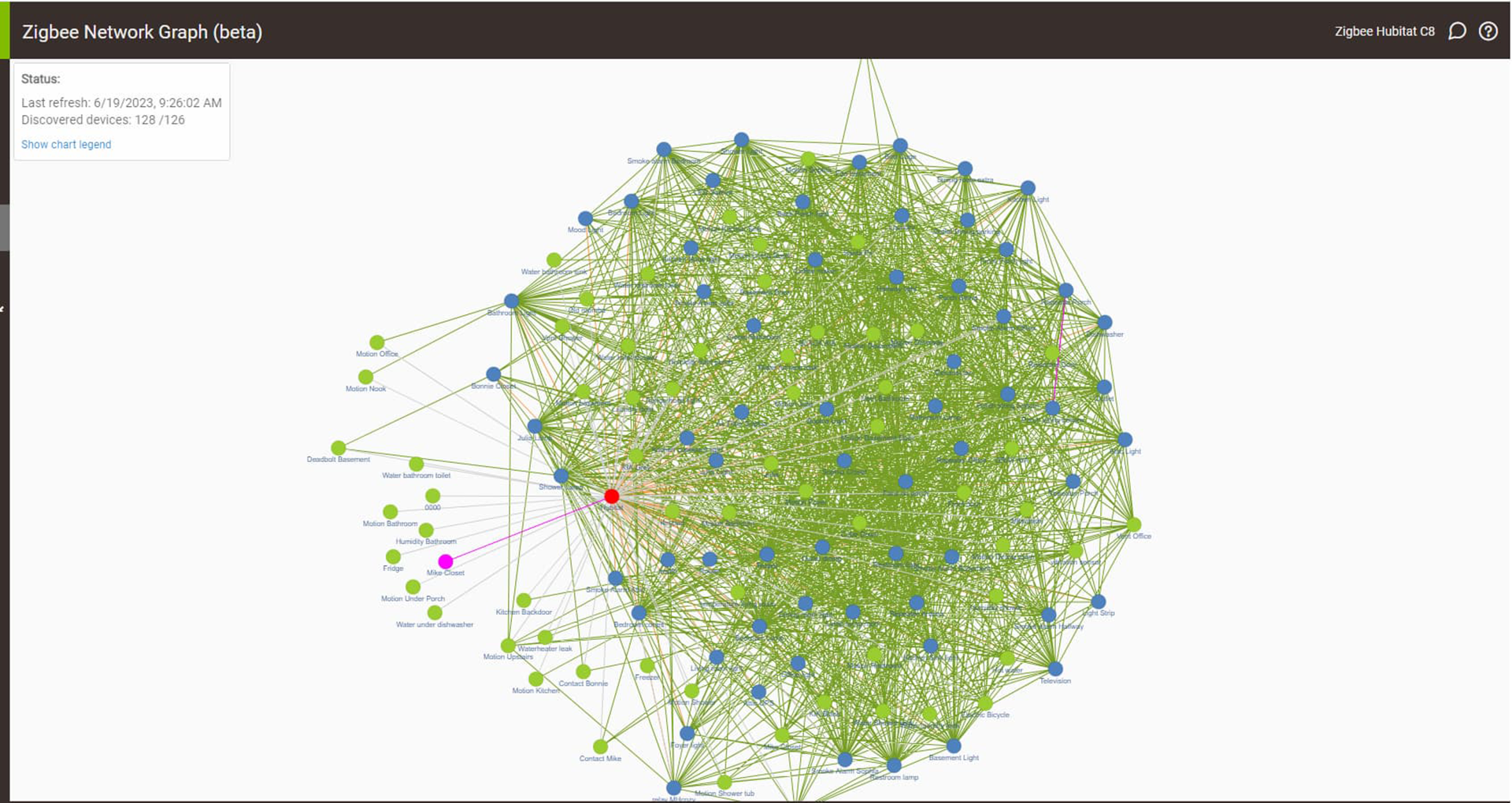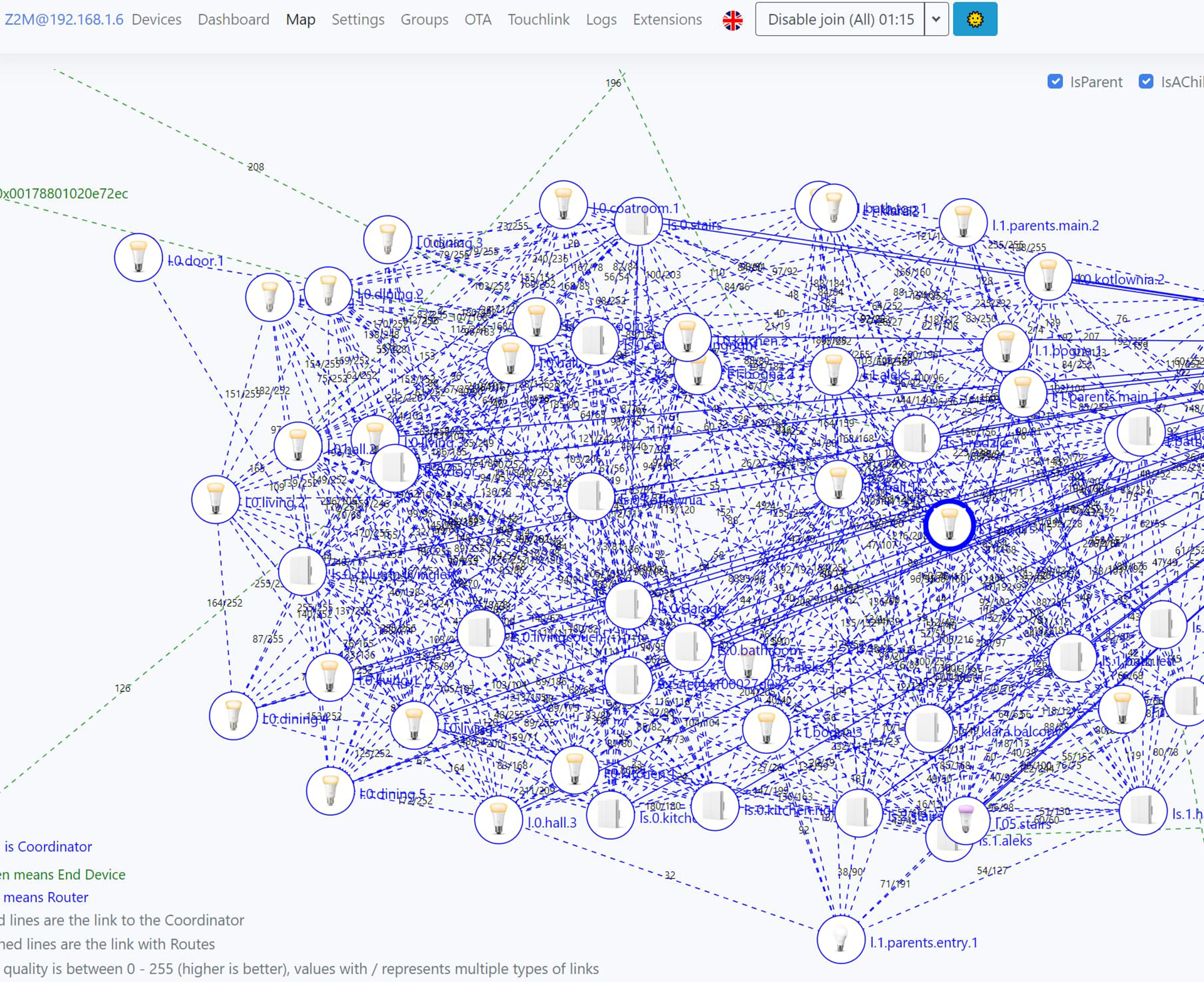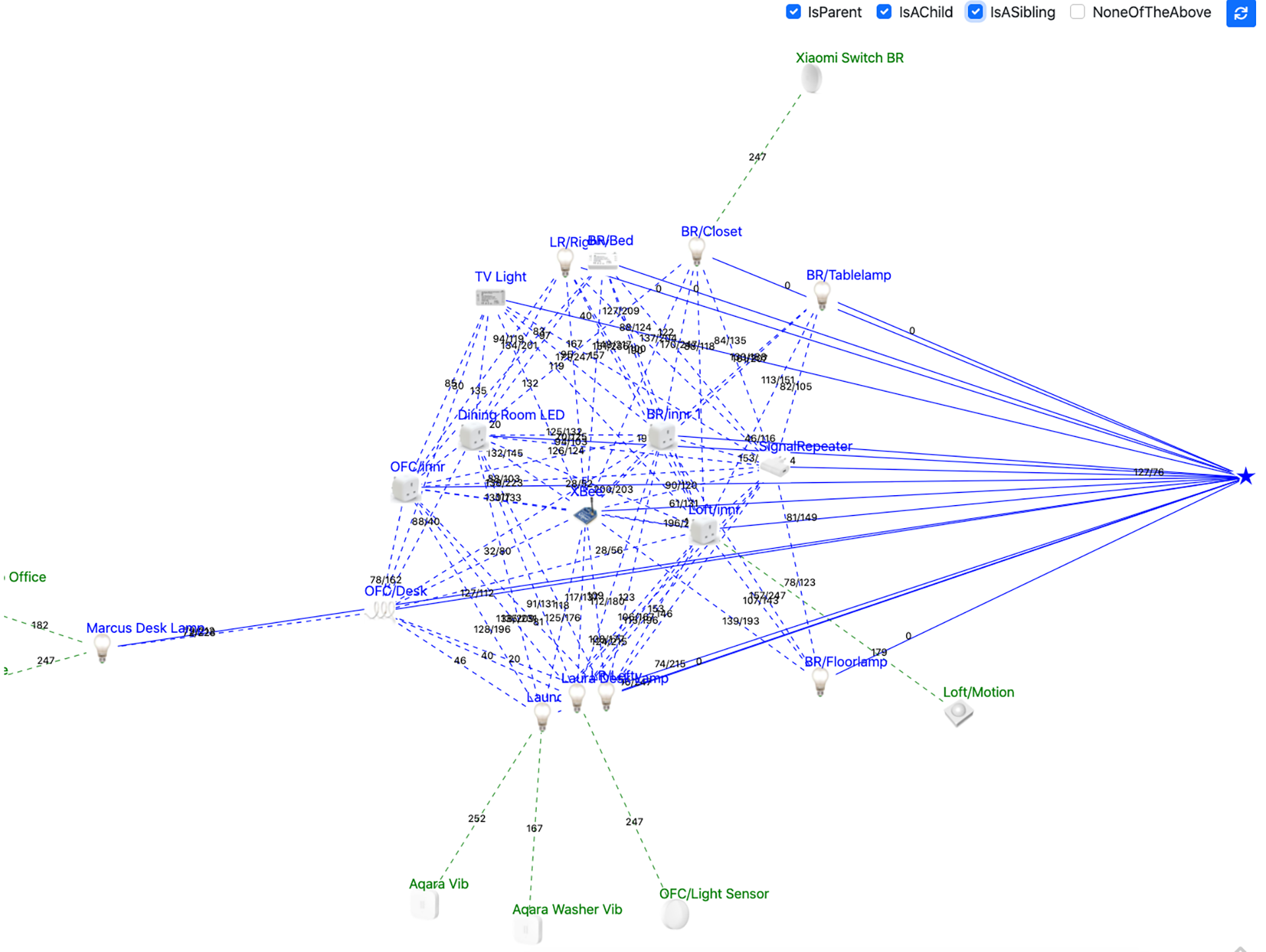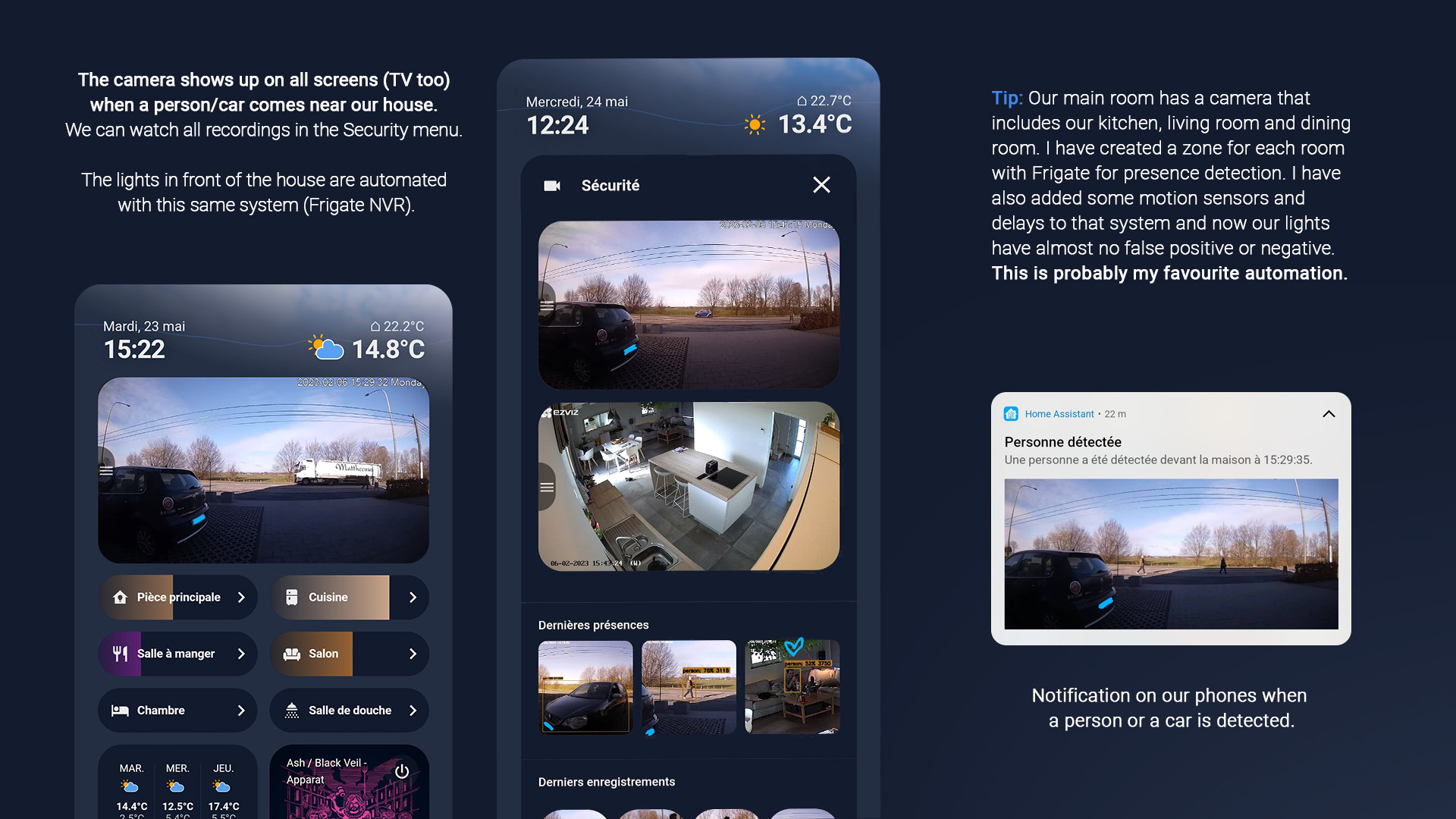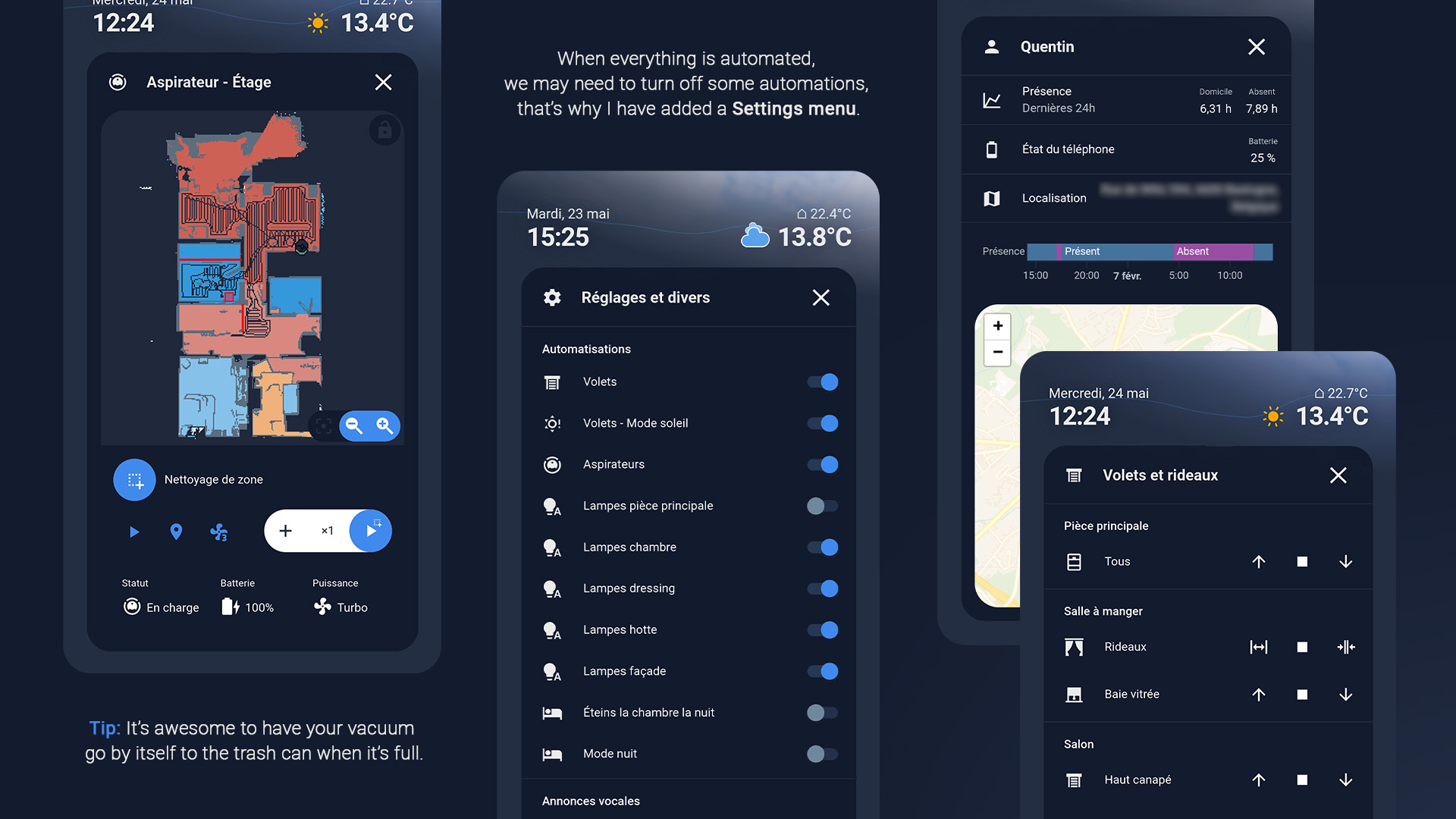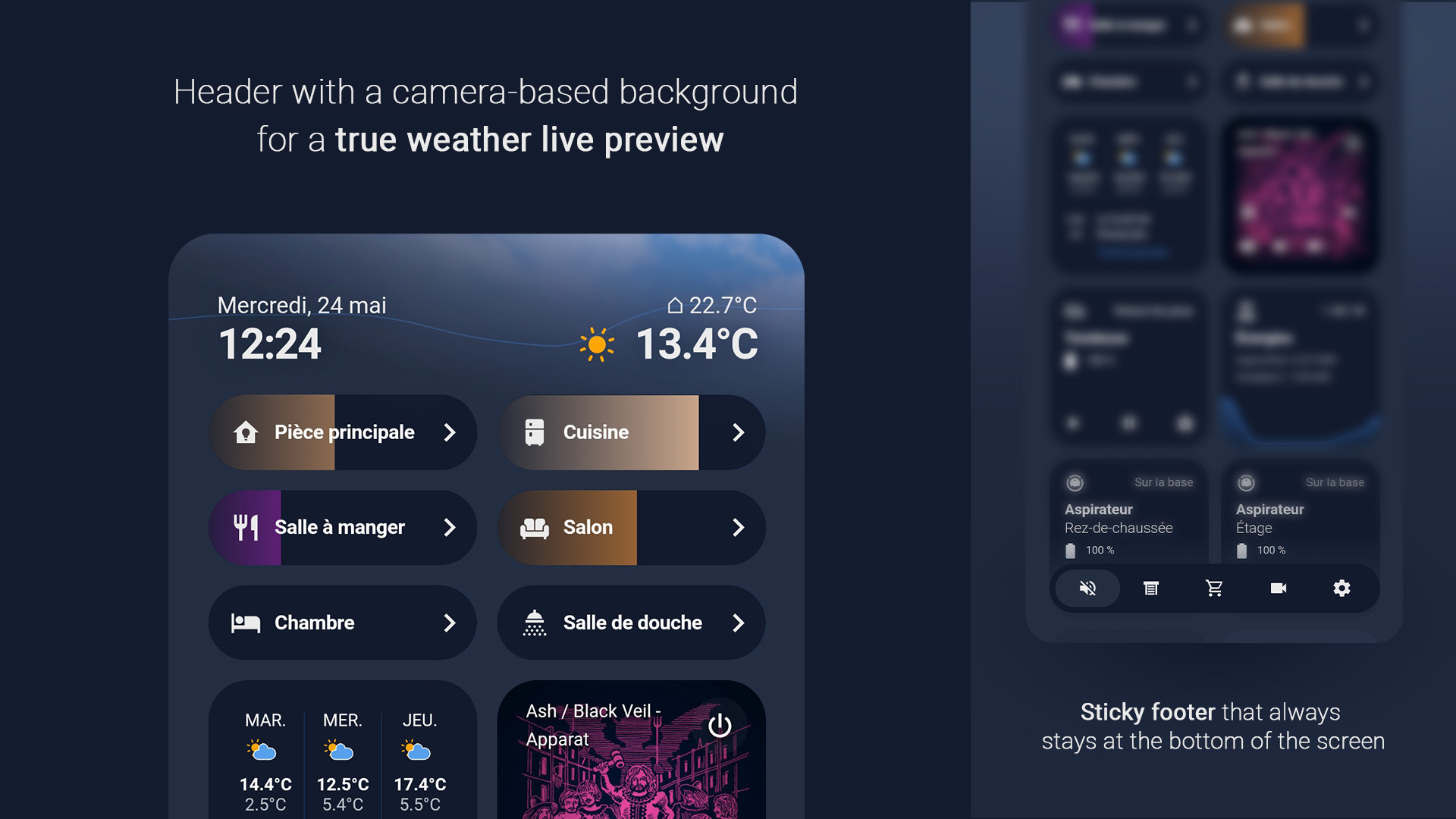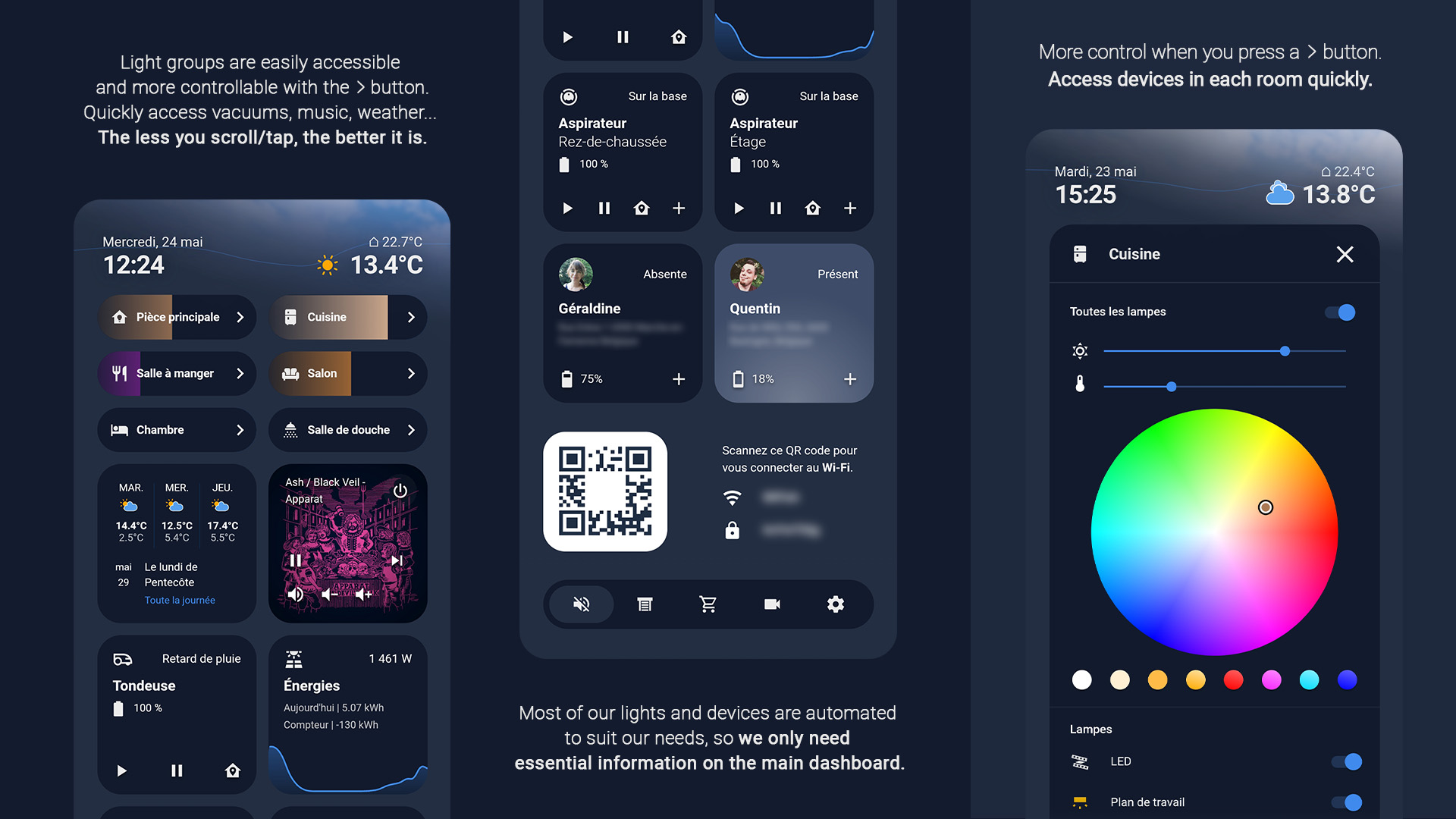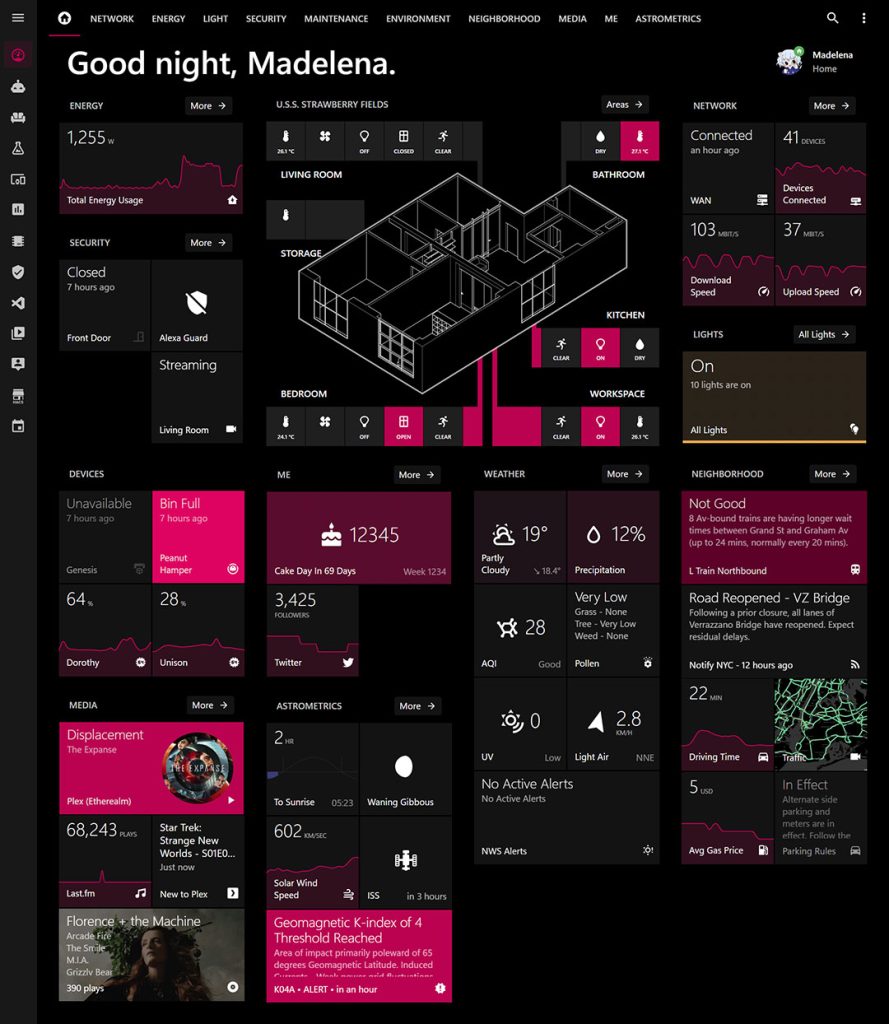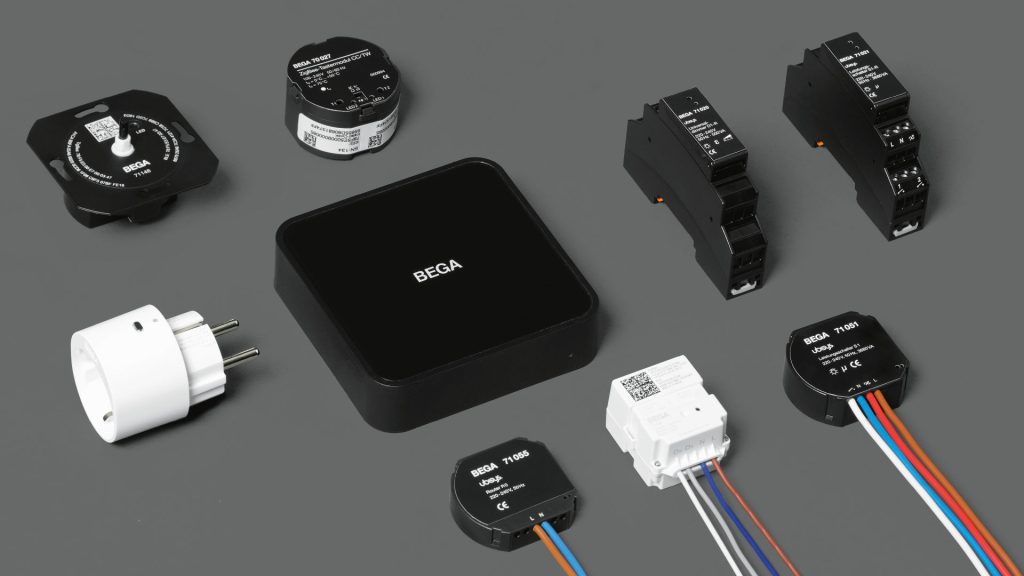Zigbee Technology is today found throughout most homes worldwide and has become a standard in the wireless network infrastructure that runs building automation. It can be found in all of the major smart devices used today such as Amazon Echo, Philips Hue, IKEA Tradfri, and Homey. But, what exactly is it? And what does this smart home technology really do?
Contents
You may be familiar with the Zigbee wireless mesh network, which is the benchmark technology that sits behind much of today’s home automation and building systems.
Zigbee technology is a protocol that connects smart devices such as lights, plugs, cameras and smart locks within a home network. These devices will generally link with a hub known as a coordinator, which you would be familiar with if you have used the Philips Hue system. This network can then be used with remote controls, like the Tradfri remote from IKEA or the CCT LED Dimming Zigbee Remote Control. Everything is connected and you’ll never have to get up to use a light switch. If you link your Zigbee network to a hub, this can then serve as a “bridge” to the Internet, offering cloud tools, apps, and the ability to (remote) control your local network from your phone.
If you would like to customise your device and network and keep it local only so that it does not rely on the internet or cloud this is possible also. This ensures your devices remain only linked to your local network ensuring privacy and security. Automation data no longer needs to be sent out to unknown foreign servers that may collect and analyse your behaviour within your own home.
Zigbee technology is similar to, but different from, competing protocols like Z-Wave, Matter, Wi-Fi, and Bluetooth. They all create relatively secure networks. Zigbee has many positives and negatives, and the more you become familiar with the technology, the more you realise the possibilities. The largest differences to you, as a user, are supported devices, with Zigbee offering more in terms of lights and smart plugs whereas other protocols support different smart devices. And this is where the story gets more interesting because you can incorporate other protocols such as MQTT which then support many more devices allowing you to expand you network for many products.

Below is a quick view of the Zigbee Technology protocol:
- Wireless smart home technology
- Works on the 2.4GHz frequency, leaving less interference for 5Ghz
- Popular, and affordable alternative to Philips Hue, Z-Wave and Matter
- Standardized wireless protocol, allowing the use of devices from different manufacturers
- These different devices can communicate
- Allow the use of mesh networking allowing for a much greater range
- Secure 128-bit AES encryption
- Low-power usage / long battery life
- Each single device has a Range: 10-20 meters indoors, 75-300 meters outdoors
- The indoor range is limitless if you use routers with mesh
- IP connection for smartphone/tablet if you connect to a Zigbee hub.
Zigbee is a IEEE 802.15.4-based specification for a suite of high-level communication protocols used to create personal area networks with low-power digital radios, such as home automation, medical device data collection, security and other low-power low-bandwidth needs, designed for smaller projects needing wireless connections. Hence, Zigbee is low-power, low-data-rate, and close proximity (i.e., personal area) wireless ad hoc network.
Wikipedia: https://en.wikipedia.org/wiki/Zigbee
One of the great advantages of using Zigbee Technology is that it allows you to experiment with devices from many different manufacturers. For example, because the Philips Hue Hub uses the standard Zigbee protocol, it will allow you to connect several other non-Philips devices to this Hub that can then be controlled through the Philips Hue App.
When used in conjunction with Home Assistant automation software, there is not much that can’t be done with automation in both the home and office.
Power Monitoring
If you are interested in keeping track of how many Kilowatts get used each day in your house and which devices use the most power, you can take advantage of devices such as automated power plugs that monitor and track all of your energy use.
In addition to being able to control these devices remotely, Zigbee Technology can also be added to routines and entities to automate tasks throughout the home, such as tuning the plugs on and off when you walk into the room or activating the plugs at certain times of the day.
When used in conjunction with Home Assistant automation software, there is not much that can’t be done with automation in both the home and office.
At the end of the day, energy management is about knowing how much energy you are consuming, where it’s coming from and where it’s going.
Almost all houses are connected to the electricity grid that provides the energy your house will need. This energy usage is tracked at the connection point by your energy meter and is billed to you by your energy provider. Energy prices can differ based on a schedule or change according to market price.
The Zigbee Energy Profile can provide real-time information about your electricity usage. This standard is available in some meters in the US, UK and Australia. This is not “normal” Zigbee as implemented by Home Assistant but requires special certified hardware.
If your meter cannot connect to it directly, there are other methods by which you can achieve the same result. One of these is using an Australian-certified plug such as the one above or installing CT sensors. Please remember to ensure you use a qualified electrician to install any equipment that requires mains power
Mesh Networking
A Zigbee Technology mesh network is just a network where multiple devices in the network take on the role of a router or repeater. Rather than only sending signals back to the originator, they repeat signals and forward them to the other network devices within range.
The device shown below is an example of a Zigbee dual-purpose device that also acts as a repeater. These devices relay the signals further and allow you to extend the network a long distance. This ‘signal-hopping’ gives mesh networks more range and reliability than traditional ‘star networks’ as there is more than one point of failure.
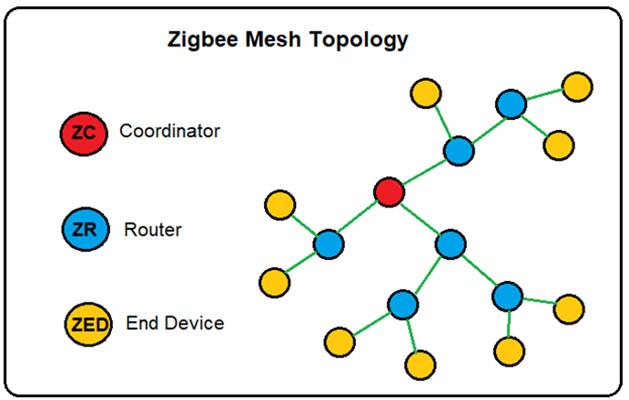
A mesh networking is a “self-healing network.
Since routers are built into the devices themselves and multiple devices on the network, mesh networking is a “self-healing network”. With a standard Wi-Fi network, if your router goes offline, all devices also go offline. Zigbee Technology protocols automatically close the gap and “self-heal” so devices continue to perform. As long as another routing device remains within range, your network will simply re-route and stay up.
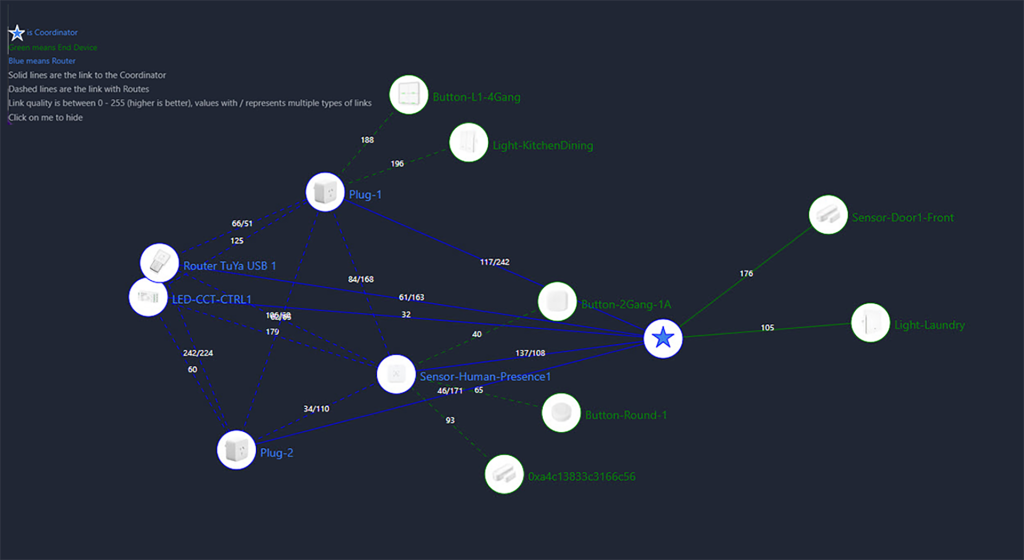
The image above is a live snapshot of my home lab Zigbee network setup. I am using the SM Light SLZB-06 Zigbee Ethernet USB POE LAN adaptor, which works vert well. You can see from the image above how various devices that are equipped with a built-in router capacity automatically mesh to create the network.
Components of a Zigbee Technology Network
Coordinator – The coordinator sets up and models the Zigbee Technology network. One of these is required for each network built. This role is usually performed by the Zigbee hub, such as the Philips Hue Bridge, a Zigbee Hub or another device with a Zigbee chip. Your coordinator does not have to be a smart hub, but it is recommended, as this is the most powerful setup.
The coordinator serves as a centre point in your network, allowing you to set permissions, allow access to other devices, and coordinate your Personal Area Network. If you’re using a hub, it’s also where you link your devices to the web and apps. Hubs connect your Zigbee devices to other devices that might also use other protocols, like Wi-Fi, infrared, or Z-wave.
Router – All Full Function Devices, meaning devices that have constant power and are non-battery Zigbee Technology devices, act as routers to repeat the Zigbee signal. Routers talk to all other devices in range on the network and “repeat” the network signal. As long as your devices can “hear” each other, they’ll pass the message on to the next device perfectly.
End-Device – You can buy a reduced function, or battery-powered, device to function as an end-device. This device is quite simple and does not repeat or forward signals. Importantly, these devices do not talk to each other. End devices will only talk to repeaters and coordinators. In many cases, all devices will be full-function devices, unless you choose a battery-operated device such as a simple switch or remote.
Zigbee Technology uses less energy: and the battery life of your devices is significantly longer with ZigBee than with WLAN.
Zigbee
Why Use Zigbee?
Even though these networks use low-power radio devices to transmit the signals through the network, they are highly effective and have many uses in everyday situations. Below we will look at some of the reasons why Zigbee Technology is such a powerful and popular protocol.
Secure – Zigbee uses 128-bit AES encryption keys, similar to other encrypted networks. Adding to this the fact that the signals are short-range makes the network very secure. However, most home automation protocols have similar levels of security when you configure them properly. This isn’t so much a selling point as a must-have.
Stability – Because of the mesh topology and the use of a coordinator, the Zigbee Technology devices automatically reroute when one device in the network goes out. Your network will not go down because a particular plug or device is turned off, as the device is still hard-wired or plugged into a mains point. In addition, if the modem or main router is disconnected, the network can still remain active and functional.
Excellent Remotes – If you have RF or Infrared devices or lights at home, the Zigbee Technology network is much better to use than any other. You can utilise IR Blasters to automatically control all types of devices that use IR such as TV’s, air conditioners, fans, lights, media centres and just about anything else that has IR functionality.
If you do use a remote, you can point it anywhere to activate the connected device. In addition, if you decide to connect your network to a hub, you can use your mobile phone to act as a remote to control any routines you set up in your system, even when you are not at home. An example might be automatically turning on the air-conditioning and opening the garage door when you are 500m from your home.
Less Energy: Zigbee Technology uses less energy: and the battery life of your devices is significantly longer with ZigBee than with WLAN. In addition, using less energy also means less cost. So you save energy and money with ZigBee. It also protects the environment because you use smaller batteries that last longer. Some of the remotes last up to 5 years without needing to change the battery, so efficient is this technology.
High compatibility: Devices from different manufacturers are compatible due to the ZigBee protocol. Backward compatibility with older Zigbee Technology products means they can also connect and communicate with each other on the same network.
Thousands of nodes: ZigBee Technology can support up to 65,000 nodes within a single network. This allows you to extend the transmission range over a large area, a building with multiple floors, or a house with multiple living units.
Cost-Effective – Zigbee Technology devices are notoriously affordable. Zigbee devices tend to be 20-50% cheaper than Z-Wave devices with similar functions, and also cheaper than devices on Thread or Matter. Since both the chips and the certification are easier and cheaper on Zigbee. The array of devices now available with Zigbee chips is truly amazing.
Getting Started with Zigbee
Because many of the Zigbee devices are so cost-effective, the place to get started is to get hold of a few Zigbee devices and start testing them out in your home network. Before you decide to purchase a large number of devices, it is important to test the device first to make sure the technology is right for you.
Step 1: Purchase a Zigbee Hub. There are many different brands of hubs available, which can be seen from a quick search on Aliexpress or Amazon.
Step 2: The next step is to select some smart devices. There are limitless devices to choose from but remember the range of the Zigbee signal is around 10 – 20 metres until you start to build a mesh network of devices that can carry the signal further. There is always the possibility of buying a USB repeater that has the purpose of doing this exact task if needed though.
Step 3: Connect your hub to your network (if you have an ethernet-based device) and locate the IP address of the device. This will allow you to access the webpage front end and start configuring your device. You will also have the opportunity to use a phone App to connect if you are unsure of IP addressing or prefer a quick start.
Step 4: Plug in and start testing your new devices.
The use of a centralised system to control all devices introduces advanced automation that can be accomplished with Home Assistant software.
SEN News
Dashboard and Centralisation with Home Assistant
Although outside the scope of this article, the use of a centralised system to control all devices introduces advanced automation that can be accomplished with Home Assistant software.
Home Assistant is a free and open-source software for home automation that is designed to be the central control system for smart home devices with a focus on local control and privacy. It can be accessed via a web-based user interface, via companion apps for Android and iOS, or using voice commands via a supported virtual assistant like Google Assistant or Amazon Alexa.
Conclusion
Once you become familiar with the technology, you can begin to integrate a greater variety of device types from different manufacturers. Zigbee is a powerful. cost-effective and well-designed secure home technology that has many advantages over other devices that use Bluetooth or Wifi to connect.
The protocol is very common in the smart light industry meaning there is a good chance that some of your existing products will work effectively with your Zigbee Hub. Once you are familiar with the technology, you can begin to incorporate other protocols like MQTT brokers and ZHA technology that work with platforms such as Home Assistant, bringing all of your devices and automation into one single location.
Will Zigbee Lighting Controls Work With Amazon Echo and Google Home?
The Amazon Echo Plus has a built-in smart home hub that will connect and control Zigbee devices. ZigBee smart lighting controls must be connected to a separate supported hub to interact with the Amazon Alexa / Google Home services. Note: It will be necessary to review supported hubs with each service, as both may have different supported hubs. SmartThings, Wink and Iris are currently supported by the Alexa service and SmartThings is currently supported by the Google Home service as compatible hubs.
Why Can’t I Connect My Addon Switch to a Zigbee Hub?
Not all add-on switches will connect directly with hubs/gateways. Often the manufacturers of these devices have deviated from the Zigbee standard and this causes connection issues between manufactures. This can nonetheless be overcome with by using a MQTT broker and Zigbee2MQTT.

